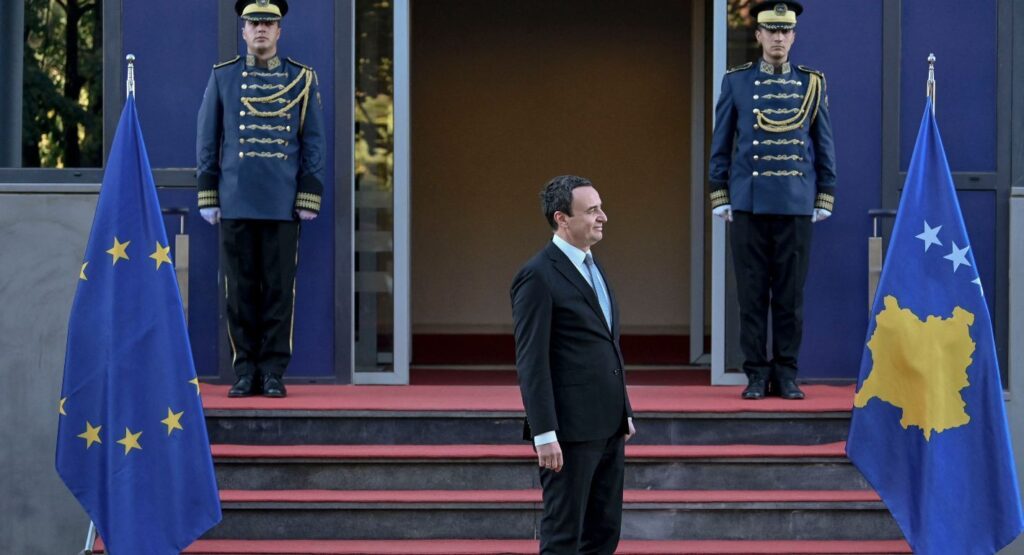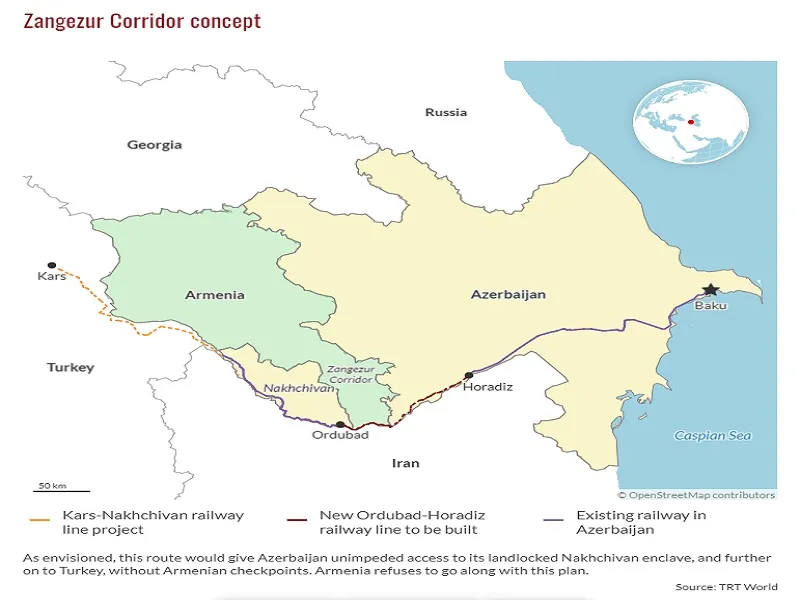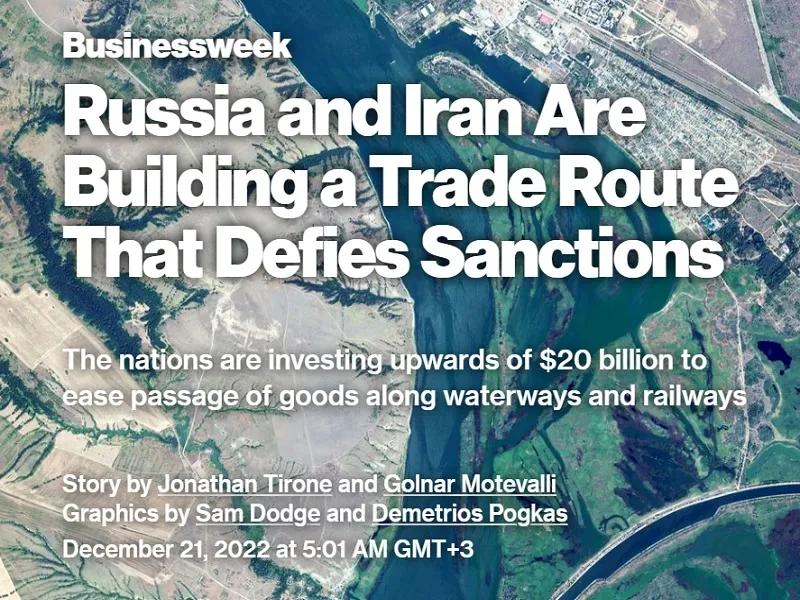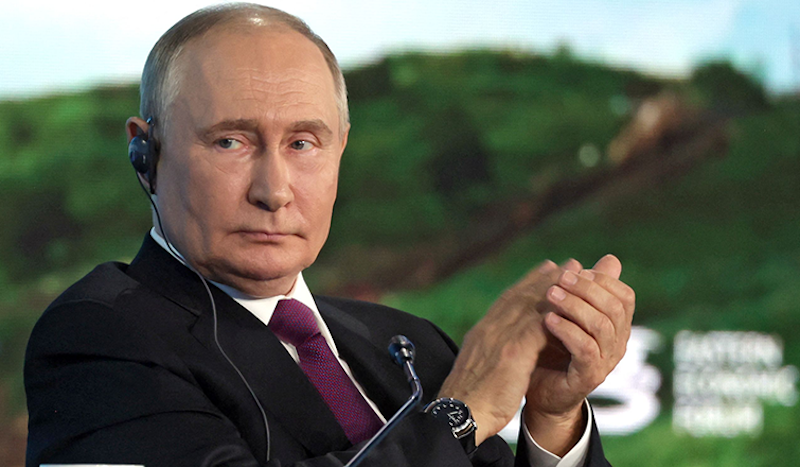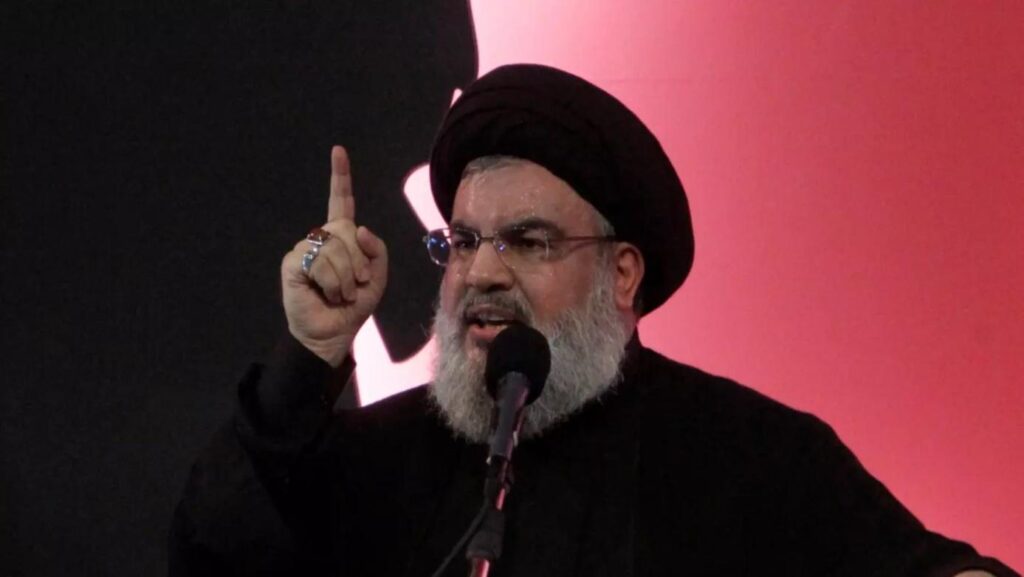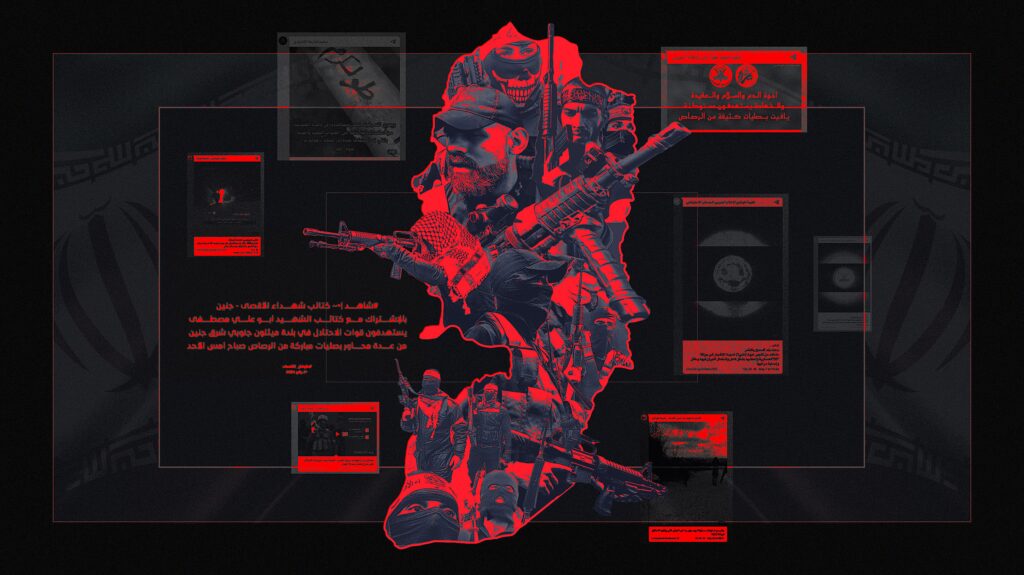La Russie, la Chine et l’ANASE tissent leur magie orientale

Il s’est passé quelque chose d’assez extraordinaire lors de la session plénière du Forum économique oriental qui s’est tenue à Vladivostok la semaine dernière, en parfaite adéquation avec le thème principal du forum : «Extrême-Orient 2030. Combiner les forces pour créer un nouveau potentiel».

